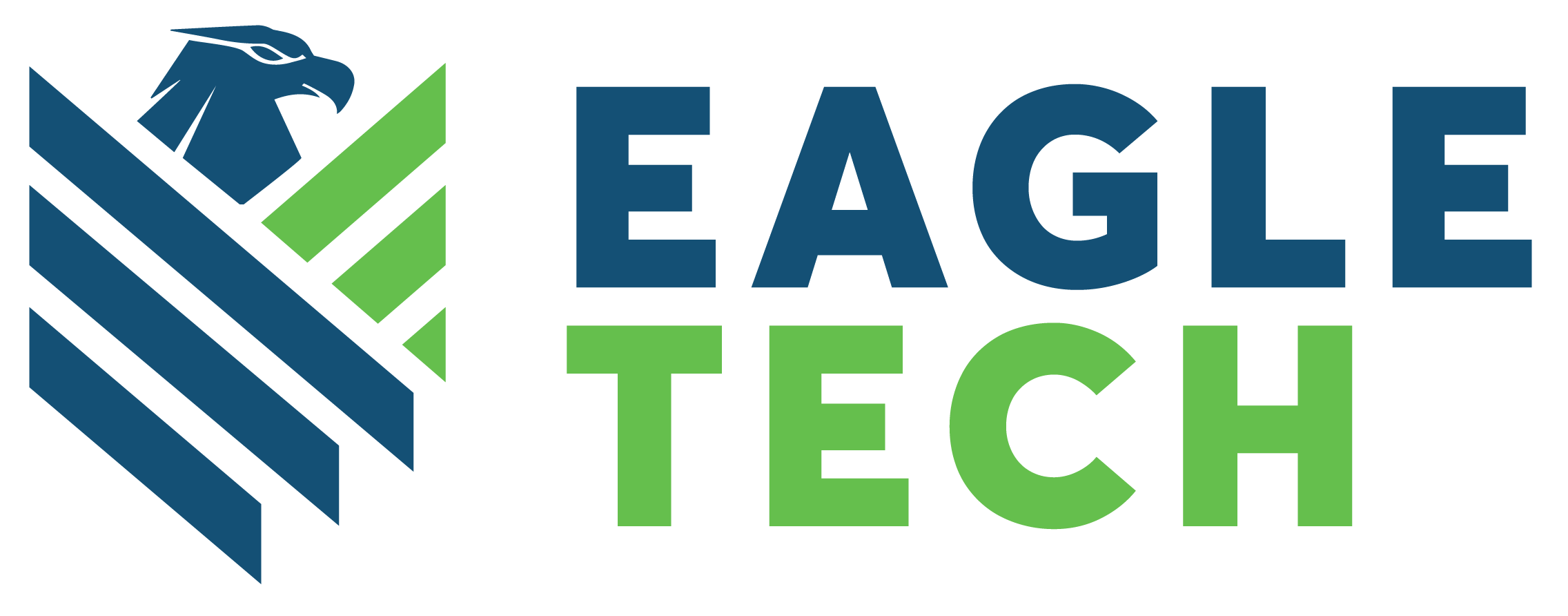Boeing, one of the world’s leading aerospace companies, has suffered a major data breach at the hands of the LockBit ransomware gang. The hackers have published online a sample of the stolen data, which includes sensitive information about Boeing’s commercial airplanes and defense systems.
The data leak occurred after Boeing failed to respond to the hackers’ demands for a ransom payment. The LockBit gang claimed they had access to more than 43 GB of data from Boeing’s network and warned that they would release it to the public if Boeing did not pay up.
According to the hackers, they had contacted Boeing several times and offered them a chance to negotiate, but Boeing ignored their messages and did not take the threat seriously. As a result, the hackers decided to publish a sample of about 4GB of the most recent files, which they said were only a fraction of what they had.
The leaked data includes documents, schematics, contracts, invoices, and other files related to Boeing’s products and services. Some files contain confidential information about Boeing’s customers, partners, and suppliers, as well as its internal operations and security protocols.
The data breach poses a serious risk to Boeing’s reputation and business, as it exposes its vulnerability to cyberattacks and potentially compromises its intellectual property and competitive edge. Moreover, the breach could have implications for national security, as some of the data relates to Boeing’s defense contracts with the US government and other countries.
Boeing has confirmed the data breach, but it hasn’t provided any details about the breach or how the hackers got access to their systems.
The LockBit ransomware gang is one of the most active and aggressive cybercriminal groups in the world. It operates on a ransomware-as-a-service (RaaS) model and is known for targeting large organizations across various sectors, such as healthcare, education, manufacturing, and finance.
LockBit also has a feature called “auto-lock”, which allows it to spread quickly across the network and lock all the devices connected. This makes it harder for the victims to recover their data or restore their operations.
The best way to prevent ransomware attacks is to have a robust cybersecurity strategy that includes regular backups, updates, patches, antivirus software, firewalls, encryption, and employee training. Additionally, organizations should have an incident response plan that outlines how to deal with a potential breach and minimize its damage.
Keep in touch with our blog to read the latest news and innovations in the cybersecurity world.

Facebook: Eagle Tech Corp
Instagram: @eagletech_corp
Twitter: @eagletechcorp
LinkedIn: Eagle Tech
YouTube: Eagle Tech Corp




